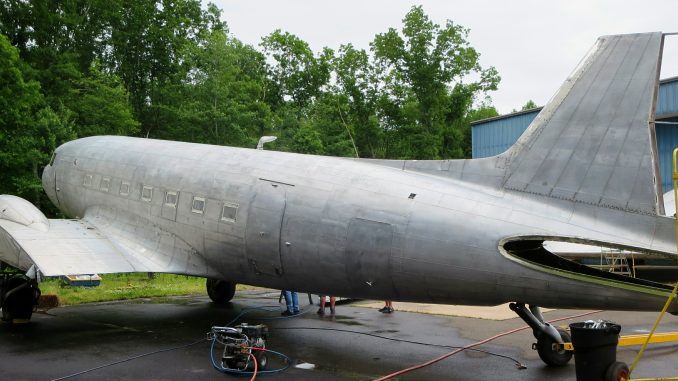

WarbirdsNews has been covering the New England Air Museum’s various restoration projects over the past couple of years, and today we have an update to share on their beautiful Douglas DC-3. We covered the beginning of this project, so please do check that article out for the airframe history if you haven’t already read it. NEAM has a lot of progress to report on their DC-3, and have supplied us with text and some photographs to show their efforts over the past few months. The following is an edited version of their report…

During the winter, museum volunteers moved the DC-3’s left wing into the heated restoration building to begin polishing its aluminum skin. They stood the wing in a cradle on its leading edge, and installed scaffolding around the wing to allow their volunteers to safely reach all of the surfaces for polishing. As you will see in the accompanying photographs, the results continue to be encouraging. This season’s winter weather was challenging for all Museum operations as several planned workdays had to be cancelled or shortened due to the harsh conditions. Even so, the underside wing surfaces were completely polished by mid-April. With the advent of warmer weather, the left wing returned to the storage building for the top-side polishing, and to recommence polishing the fuselage forward of the wing box connection point. Moving the wing back to the storage building freed up space in the restoration hangar again for NEAM’s other projects (including the Burnelli CBY-3 and Anson Johnson P-51D Mustang racer).


The interior seating arrangement will consist of fourteen passenger seats and one for the flight attendant. All of the seating will be situated on the left side of the interior cabin which will allow easy museum guest entry and departure access along an expanded right side aisle way. The seat frames are now stripped, repainted, and have had the bottom seat canvas supports replaced. With the generous assistance of B&M Upholstery Supply in Lebanon, Connecticut, the aircraft seats now have foam padding sectioned to the proper thickness. The flight attendant’s seat is now complete. The restoration team re-covered the structure with new seat and arm rest material, which they are evaluating for durability.
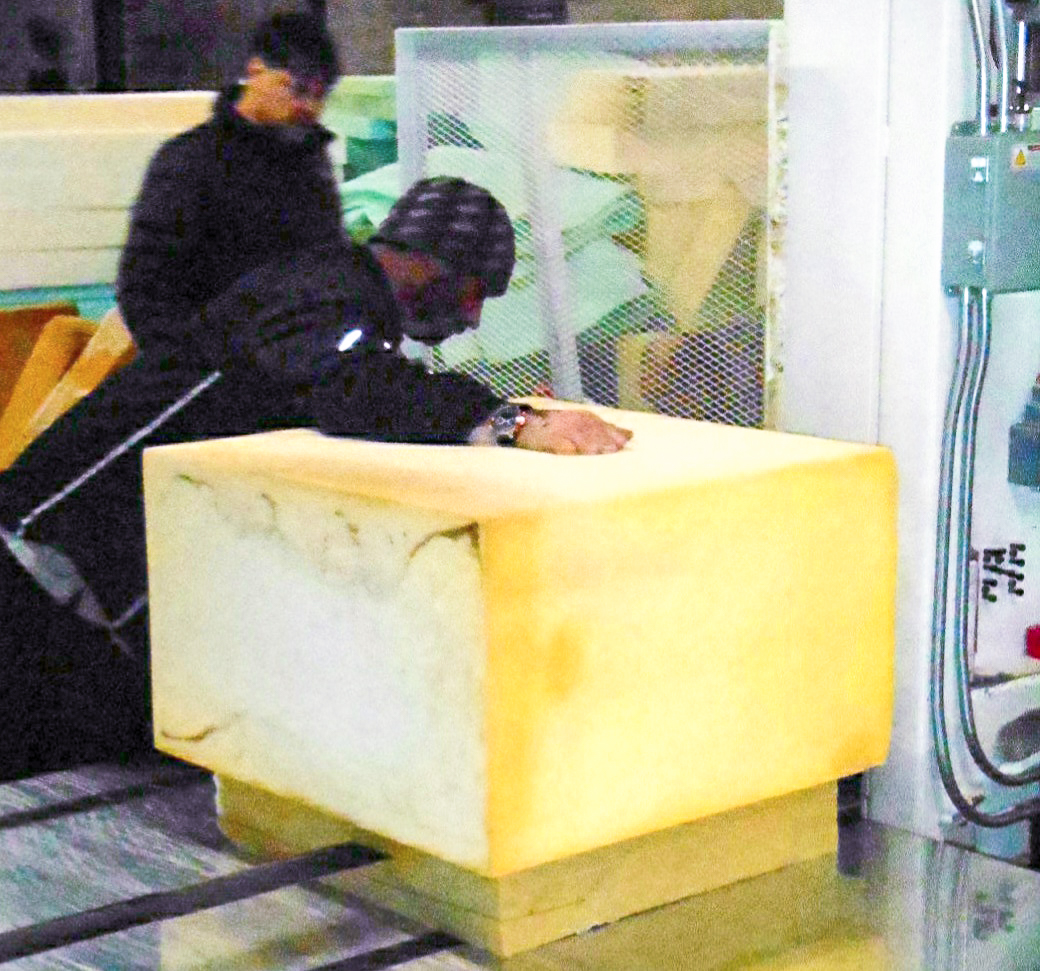
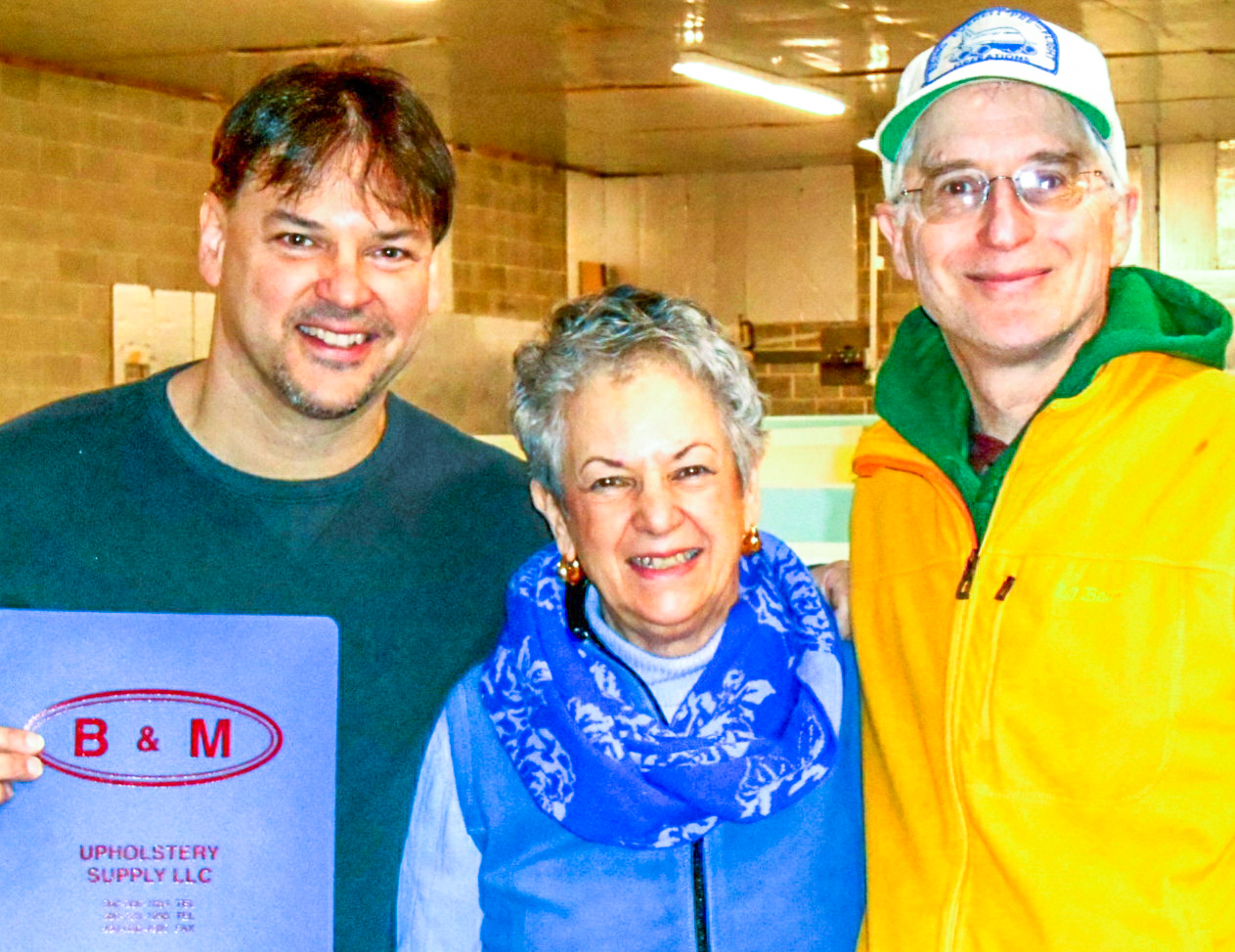

The museum is exploring some options for the DC-3 which could see potential to upgrade and reactivate the interior intercom system and Flight Attendant call station, as well as the introduction of an engine startup, plane taxing, and in-flight cabin sound experience to give visitors some sensation of what the atmosphere felt like on the type while it was in service.
NEAM has also narrowed their final airline livery choices down to either American or Eastern Airlines. The Eastern Airlines colors are a strong candidate as the company actually operated the museum’s DC-3 after WWII, and conducted the very first commercial airline flight service from Bradley Field in Windsor Locks in 1947. However, American Airlines originally ordered museum’s airframe just prior to WWII, which also makes that carrier a good choice even though the Army Air Corps impressed it into service before American could take delivery. NEAM anticipates revealing their final decision by this September.
Related Articles
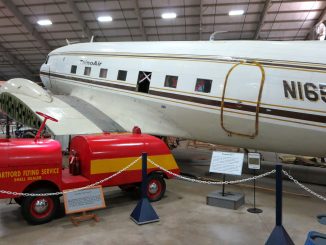
DC-3 Restoration Update at the New England Air Museum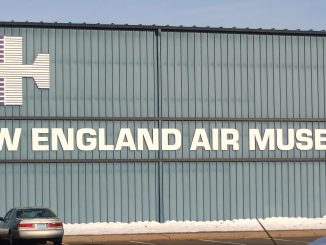
New England Air Museum to Hold 2015 Space Expo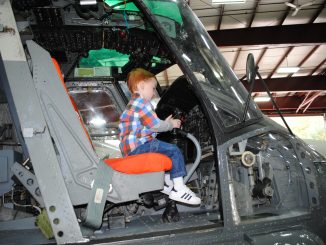
Open Cockpit Day At The New England Air Museum
Winter Break Activities at New England Air Museum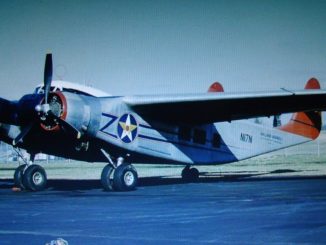
NEAM – Burnelli CBY-3 Loadmaster – Restoration Update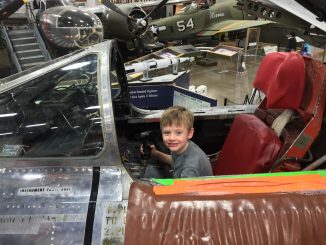
Upcoming Open Cockpit Day at New England Air Museum
Richard Mallory Allnutt's aviation passion ignited at the 1974 Farnborough Airshow. Raised in 1970s Britain, he was immersed in WWII aviation lore. Moving to Washington DC, he frequented the Smithsonian’s National Air & Space Museum, meeting aviation legends.
After grad school, Richard worked for Lockheed-Martin but stayed devoted to aviation, volunteering at museums and honing his photography skills. In 2013, he became the founding editor of Warbirds News, now Vintage Aviation News. With around 800 articles written, he focuses on supporting grassroots aviation groups.
Richard values the connections made in the aviation community and is proud to help grow Vintage Aviation News.


Be the first to comment
Graphic Design, Branding and Aviation Art